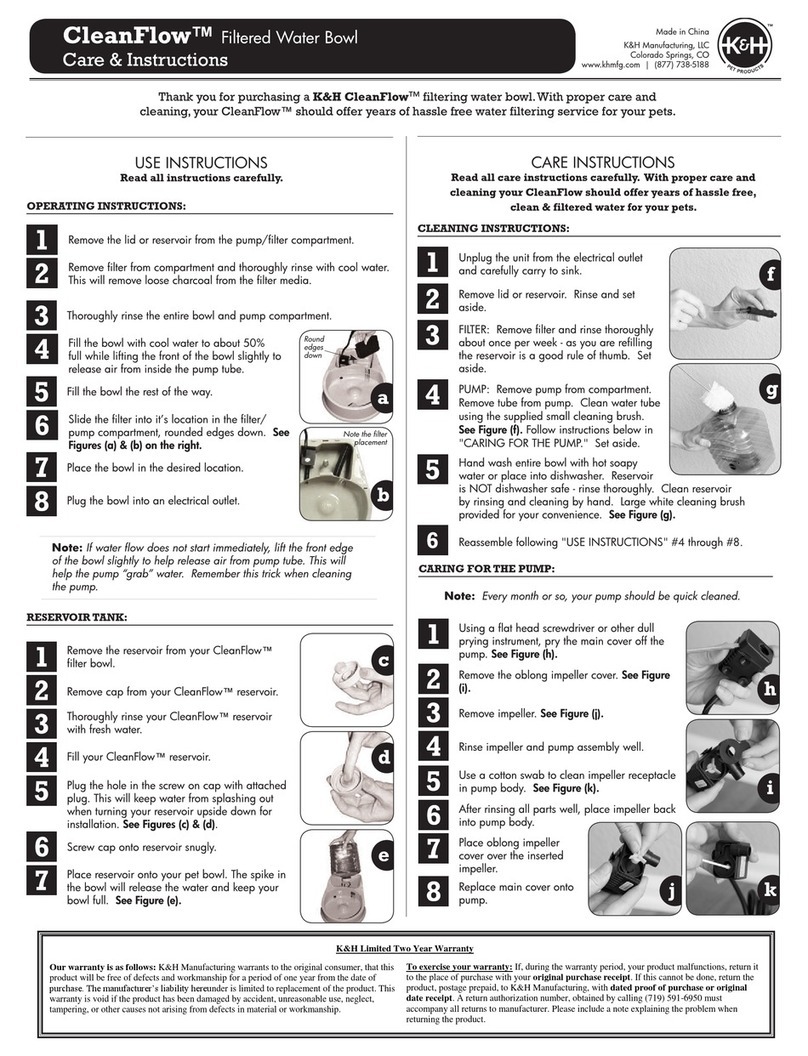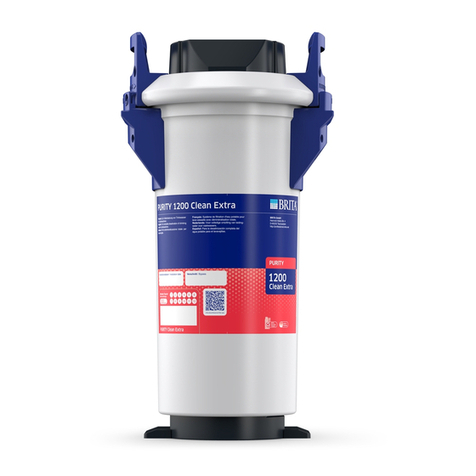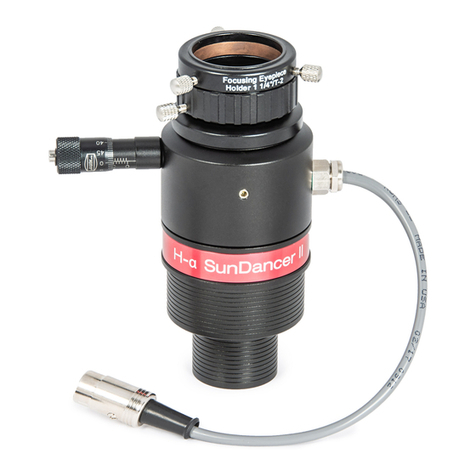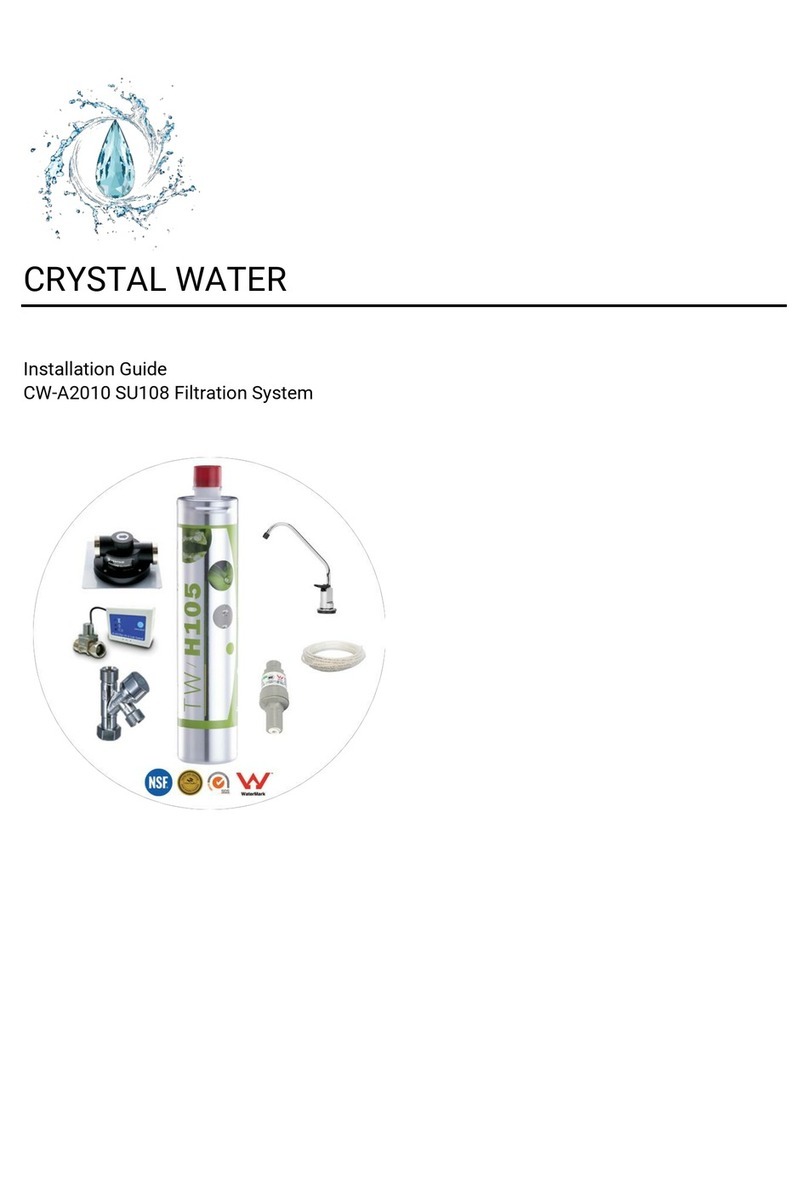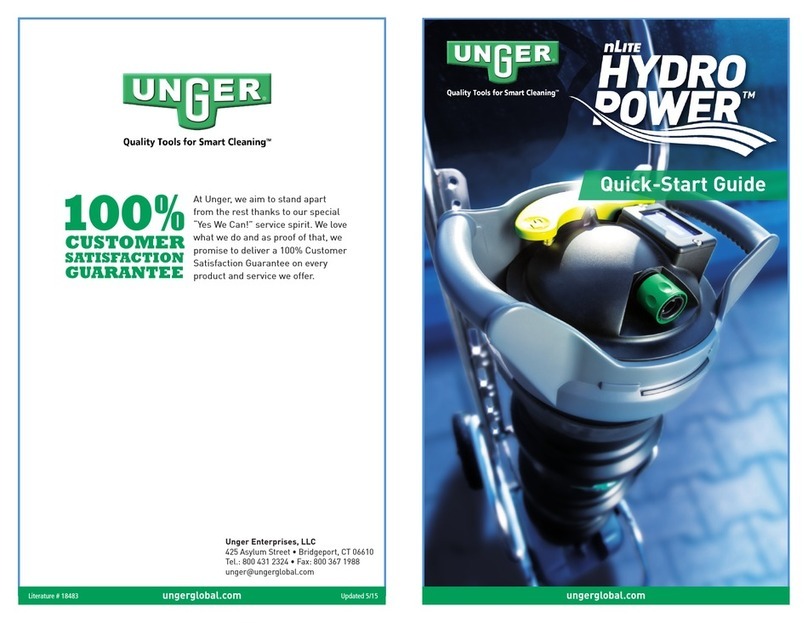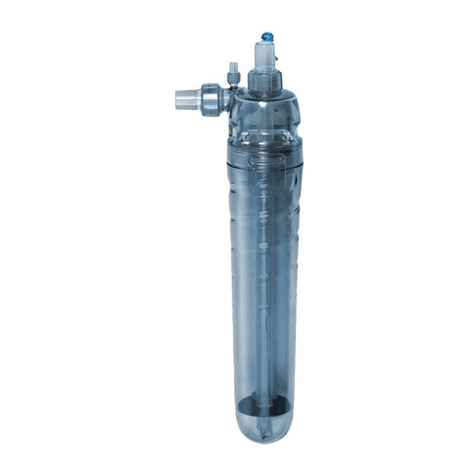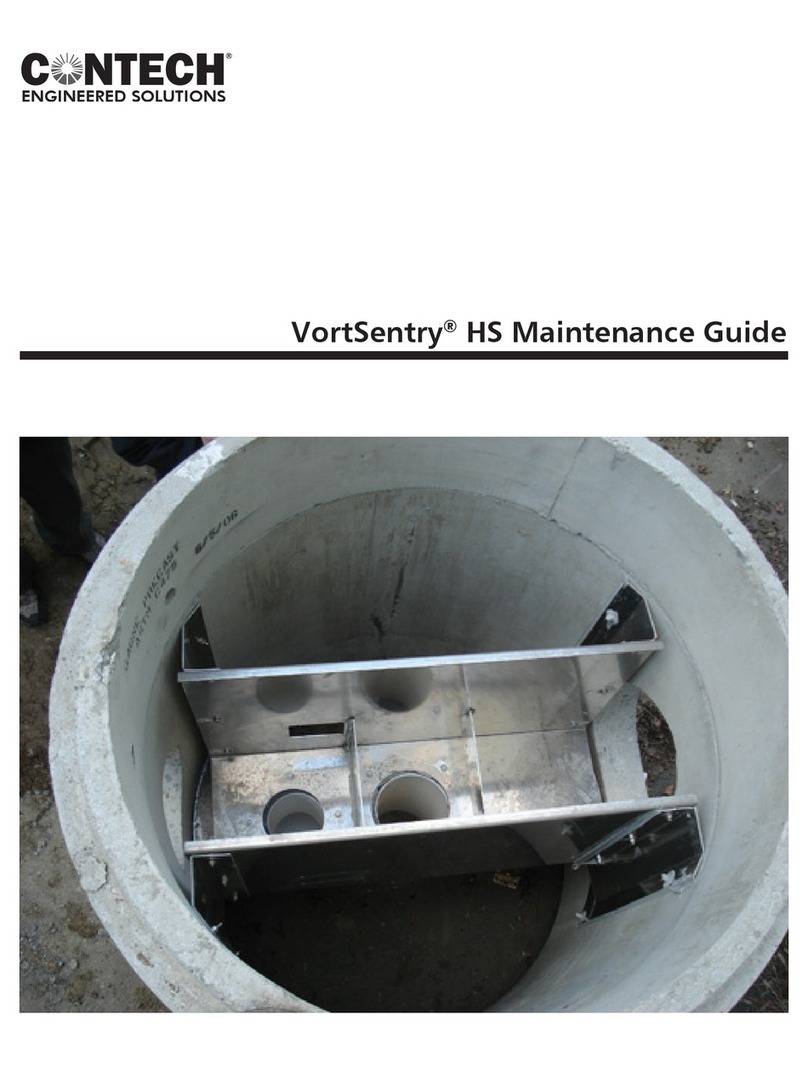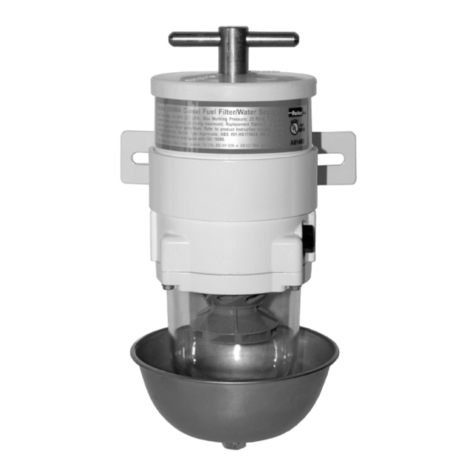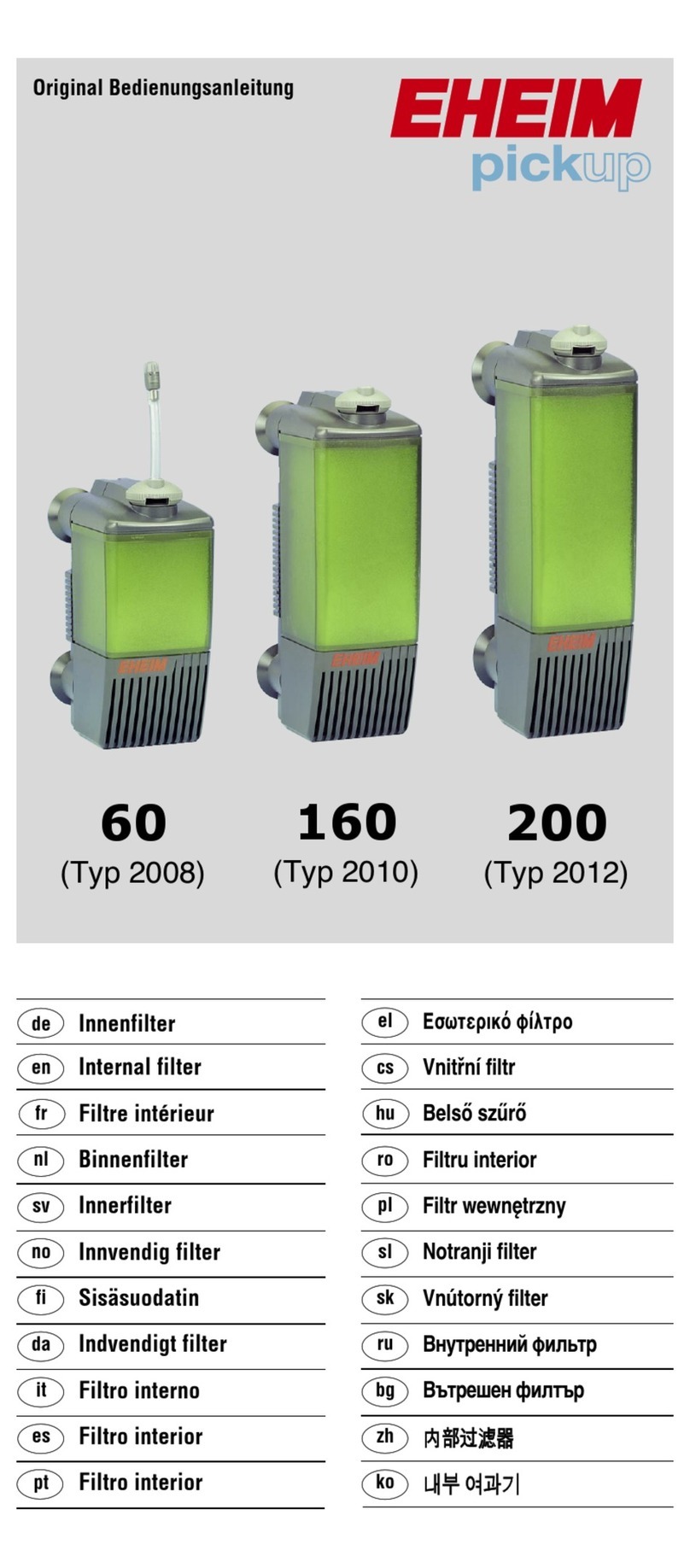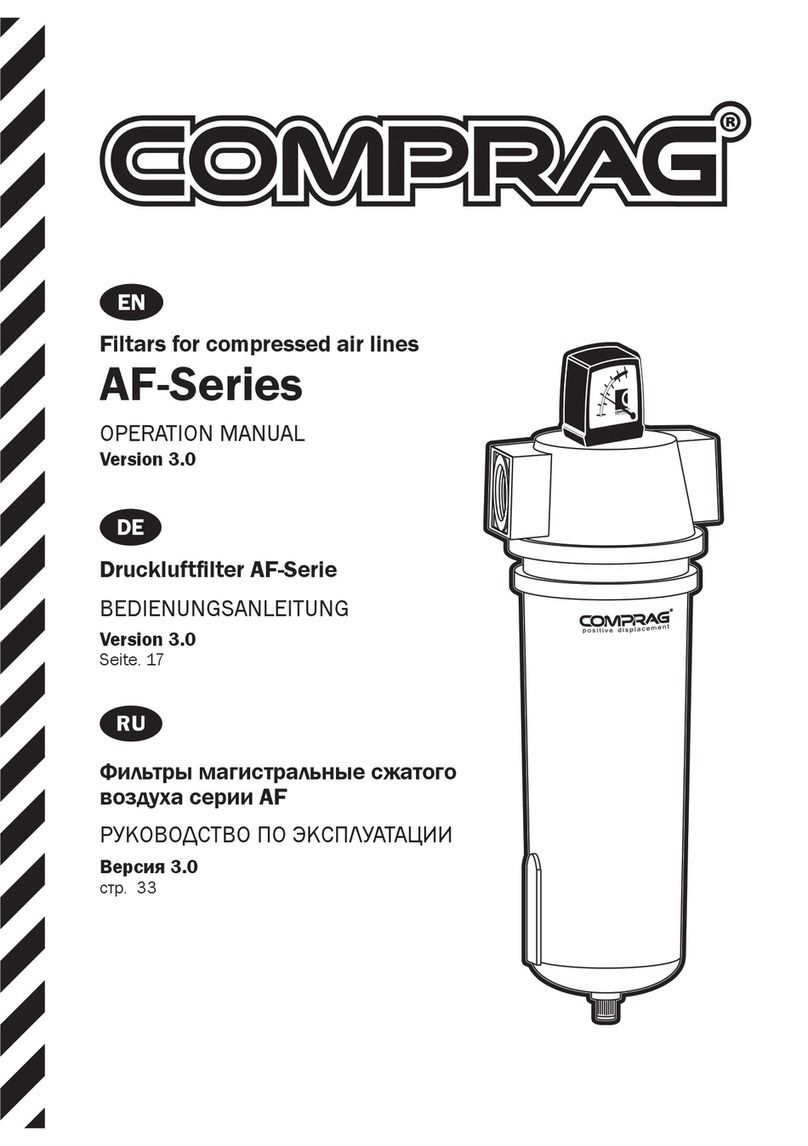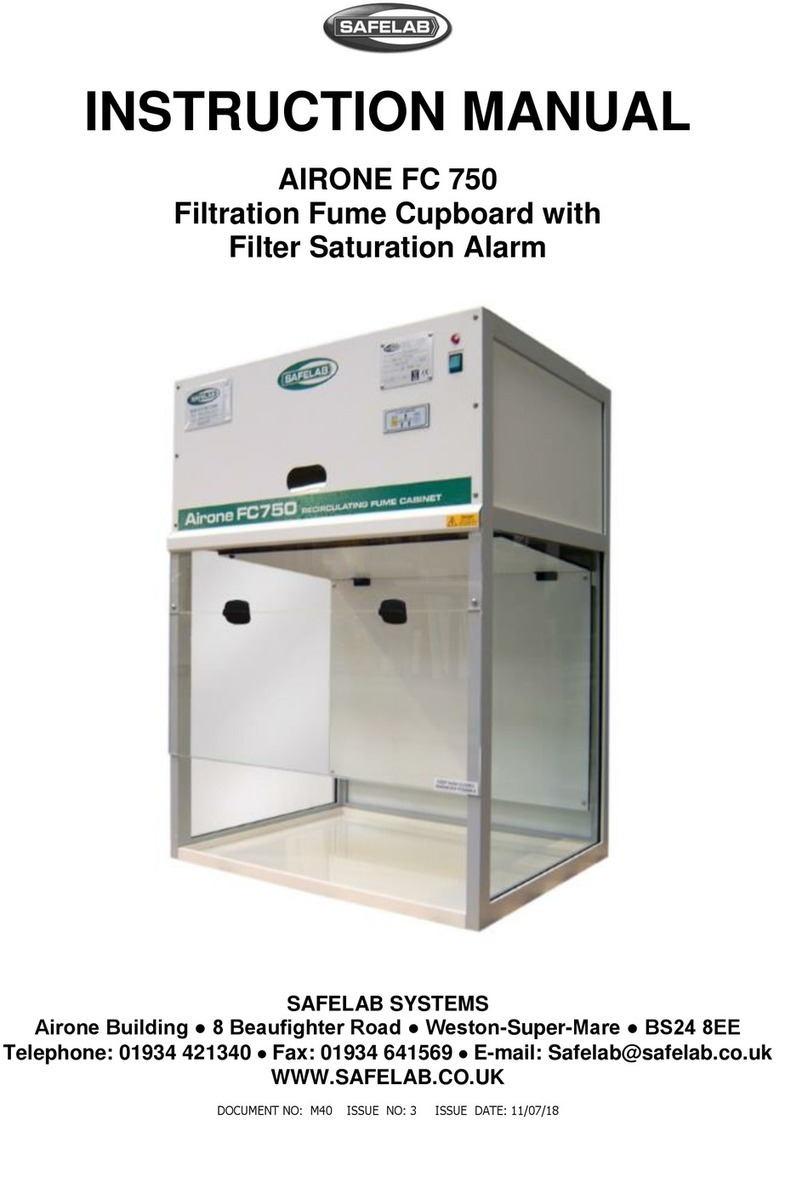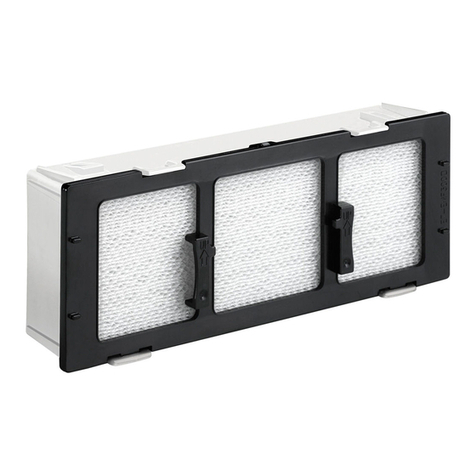Metro Modular Steel Falcon VCF Sidewinder Edition Parts list manual

MM3461B Steel Falcon VCF SE
Instruction and Operating Manual
Metro Modular
“t n r c l”
About the design
Vladimir Kuzmin’s 1982-designed Polivoks 2-pole filter
has become a classic reference design thanks to the
sterling efforts of Marc Bareille and The Harvestman,
bringing the idea of a capacitorless programmable-power
opamp filter to a scene fixated on discrete ladders, vac-
trols and OTAs as filter building blocks. However this cir-
cuit technique has not been applied to other filter types
or semiconductors outside of the old LM4250/UA776
chips (or their Soviet equivalents).
Enter the LM346. This chip has been hiding in plain
sight for almost 40 years now and is a much improved
quad version of the LM4250 chip used in many Polivoks
VCF clones . Until now no-one had adapted it to synth
use, despite a datasheet promoting its use in filters.
As the Polivoks was an adaptation of the classic OTA-
based 2-pole State Variable Filter we thought we would
go in the opposite direction and try the 4-pole cascad-
ing lowpass OTA design pioneered by Roland and the
Elektor Formant in the late 1970s. A schematic quickly
sketched in Eagle woorked on breadboard, and the cir-
cuit quickly took shape. Difficulty arose because the
same mechanism that tunes the filter in a programma-
ble power opamp also power-starves the rest of the chip
resulting in some very unpleasant behaviour at the low
end if left unaddressed. A bit of detective work and a bit
of wisdom from the late Bob Pease helped us fix this.
This configuration of the filter was originally designed as
a “playground” configuration to give access to every pos-
sible input and output on the “backpack” filter core cir-
cuit board, in order to work out which features to include
in a more compact version. Reaction was so positive that
we decided to launch the Steel Falcon series with this
version.
The result is a fully featured, rich-sounding lowpass filter
which still has plenty of character and sizzle, and won’t
disappoint anyone looking for something new. We hope
you like it like we do!
Specifications and Warranty
40mm flange depth, 60mm internal case depth
recommended as a minimum. 15HP width.
Power requirements:+12V at 35mA, -12V at
35mA for cutoff frequency below 10kHz, rising
to 45mA per rail as cutoff frequency is increased
to maximum. Includes short-term reverse voltage
protection. Connection to higher supply voltages
(such as 15V) may cause the module to exceed
safe operating limits and will void the warranty.
Input impedance (AUD 1, AUD 2, AUD 3):
50kohm unattenuated, 100kohm fully attenu-
ated; logarithmic control response
Input impedance (CRTL 3, CTRL 4): 100kohm
Input impedance (CTRL 1, CTRL 2, LIN FM):
50kohm unattenuated, 100kohm fully attenu-
ated; linear control response
Frequency tuning range: Approx 9 Hz to 22kHz
Resonance: self-oscillation around 3 o’clock posi-
tion on control knob
Output impedance (each output): 1kohm
This module is warranted against manufacturing
defects for 12 months from the date of purchase.
Damage or malfunction due to: mistreatment;
mechanical shock; disassembly; unauthorised
modification, or repair; or exceeding safe operat-
ing limits is not covered by warranty. You MUST
contact us for return authorisation before sending
modules for repair.
MM3461B Manual v1.01
© 2017 Justin Barrington-Higgs
Check www.metro-modular.com for updated documentation.
Metro Modular is a registered trademark.
Write to us at:
PO Box 3070, Marrickville Metro NSW 2204, Australia

Welcome and Installation
Thank you for your purchase of the Metro Modular
MM3461B.
The MM3461B is a versatile voltage-controlled
filter module with a plethora of inputs and out-
puts to suit almost any need for timbral sculpting.
This module has been tested at the factory
and should reach you in perfect condition. If
it appears to have suffered damage in tran-
sit then please contact the seller immediately.
This module can be installed into any standard Eu-
rorack system as follows.
1. Carefully remove the module and attached rib-
bon power cable from the shielded foil bag.
2. Plug the module into a standard Eurorack bus-
board (not Cwejman!) with power disconnected.
Ensure that the red stripe on the power cable is
aligned to the STRIPE or -12V marker on the bus-
board connector. If the busboard uses polarised
headers (ie flying busboards or Elby) then the
power ribbon cable should only connect in the right
direction.
3. Turn on the busboard’s power supply while
watching any status lights on the power supply and
other modules. If ANY status lights fail to turn on,
disconnect power IMMEDIATELY and recheck the
connection of the MM3461B’s power cable to the
busboard.
4. Once operation has been verified, screw it in!
What it can do
The range of controls and inputs can be confusing
at first, but don’t panic!
This follows in the tradition of the classic 4 pole fil-
ters that have been the backbone of nearly all pre-
patched and many modular synths. What it does
is cutoff the harmonics of a signal so the more
fundamental frequencies are emphasised. Under
control of an envelope generator this can be used
to simulate the decay characteristic of an acoustic
instrument, or simulate vocal phrasing, and under
control of an oscillator it can give timbral vibrato.
The resonance control can change the character
of the filter by feeding the 4-pole filter output back
into the input. At low resonance the filter passes
all frequencies below the cutoff frequency, and
gradually rolls off all the frequencies above cut-
off. As resonance increases the frequencies below
and above cutoff are all reduced but the cutoff
frequency itself is not affected, so the filter “em-
pahsises” the cutoff frequency-great for juicy filter
sweeps! At high resonance the filter will self-oscil-
late even without an audio input, so it can be used
as an imperfectly tracking sinewave oscillator.
Each of the outputs taps into the filter after each of
its 4 filter stages or “poles”-the lower the number
of poles, the gentler the rolloff above the cutoff fre-
quency and the emphasis of the cutoff frequency
at high resonance. This can be useful for purposes
other than mere subtlety, as outputs can be mixed
together to give weird responses, and outputs can
be fed back into audio inputs. For example-with a
saw--wave oscillator fed into an audio input, try
listening to the 1P output while feeding the 3P into
another audio input and increasing the resonance
control for a “resonator” effect!
Front Panel
FREQ and RESONANCE controls respectively
vary the filter cutoff frequency, and change the
filter’s behaviour. Tweak slowly and see!
AUD jacks are used to in-
put the audio signals to be filtered.
AUDIO controls are used to balance the lev-
els of their corresponding AUD jack signals
against each other and the filter’s self-oscil-
lation. When using multiple inputs we rec-
ommend backing off these controls to get
the most out of the filter’s sonic capabilities.
CTRL jacks are used to input control signals to
modulate the unit’s cutoff frequency. The unit
is calibrated to respond to approximately 1 volt
per octave on the unattenuated jacks (3 and
4), so they are best used for chromatic pitch
control.
CONTROL controls attenuate their corre-
sponding CTRL signal, so that modulation
from LFOs or EGs can be varied to taste.
LIN AC FM jack receives a signal which can
modulate filter cutoff proportionally to frequency
rather than pitch, giving quite different response
to audio rate and even LFO modulation. It can be
attenuated through the LINEAR AC FM control.
OUT jacks give an individual output for each
pole of the filter, allowing you to choose the fil-
ter’s output character or construct stereo pan-
ning effects using a stereo mixer.
This manual suits for next models
2
Popular Water Filtration System manuals by other brands
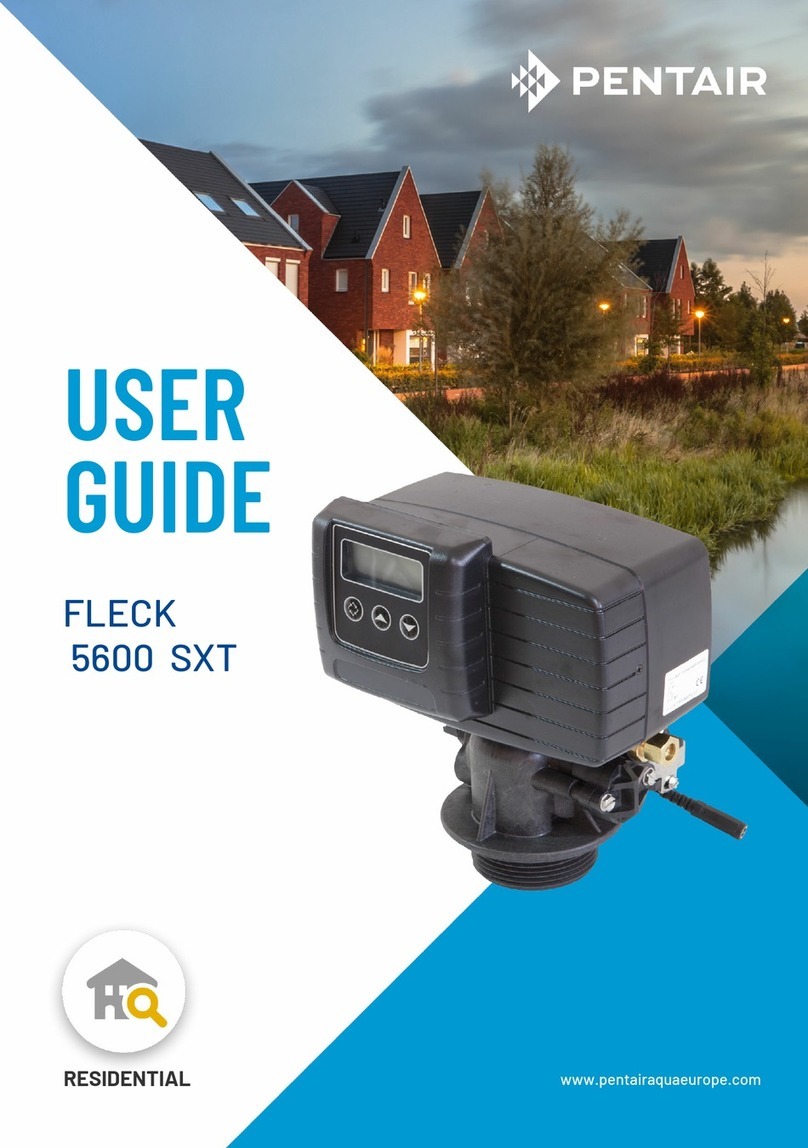
Pentair
Pentair FLECK 5600 SXT user guide
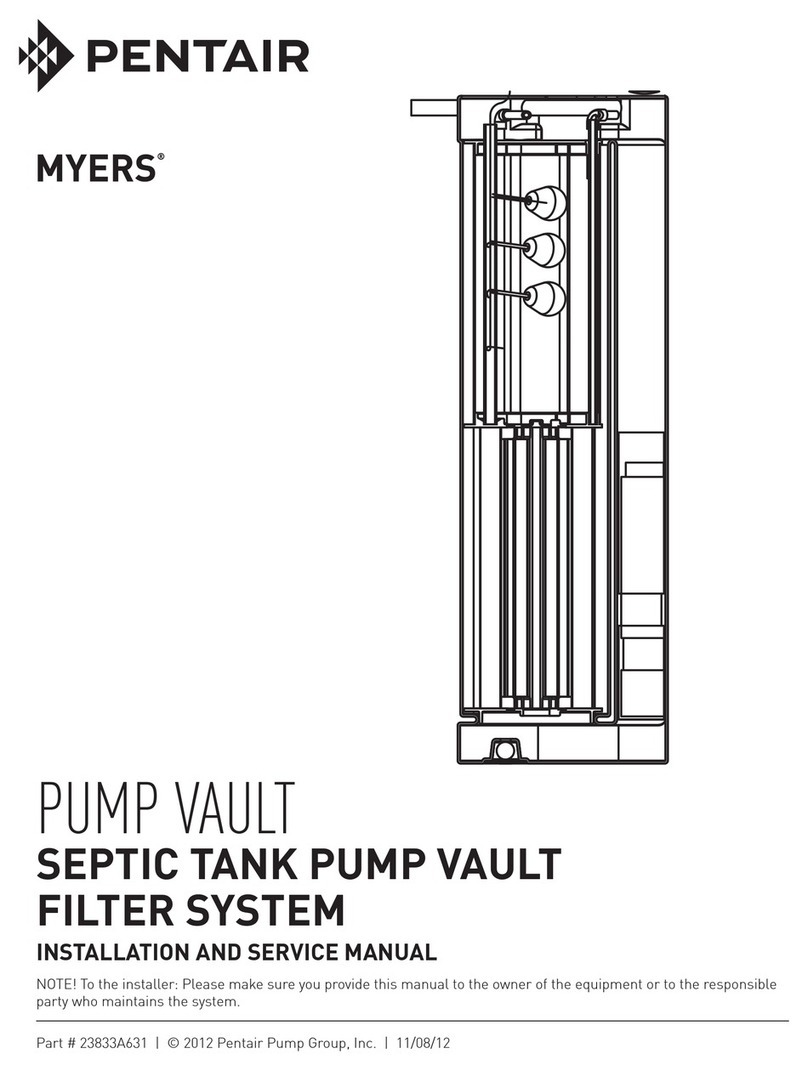
Pentair
Pentair MYERS PUMP VAULT Installation and service manual

Miele professional
Miele professional PG 8595 operating instructions
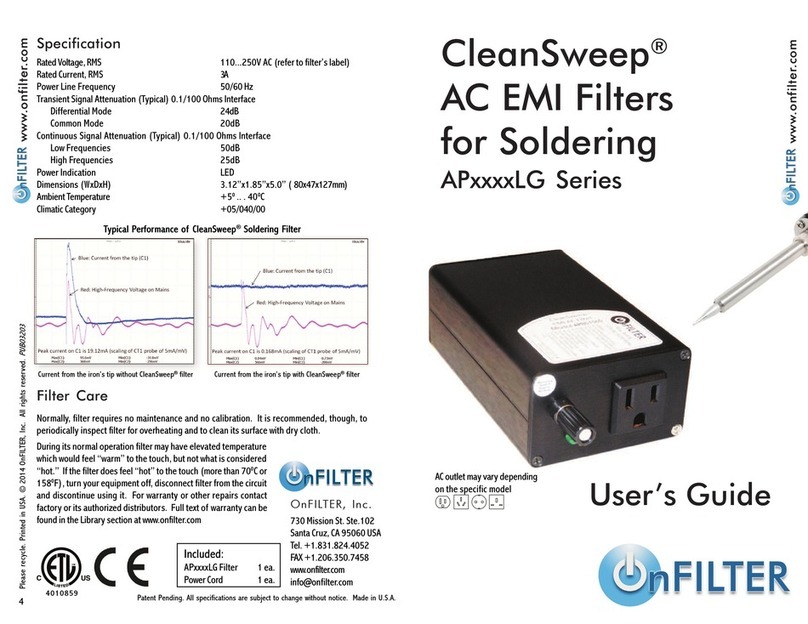
OnFILTER
OnFILTER CleanSweep AP LG Series user guide

Graco
Graco red alert Instructions-parts list
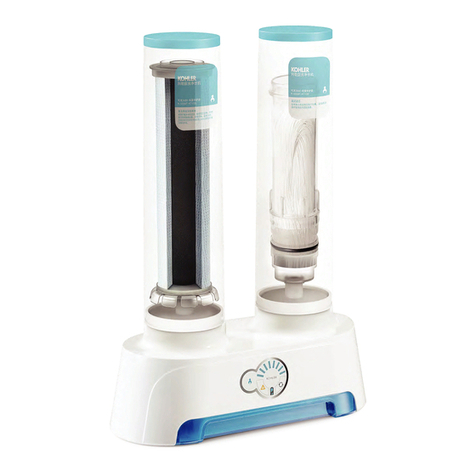
Kohler
Kohler K-5339T-KT100 installation instructions
